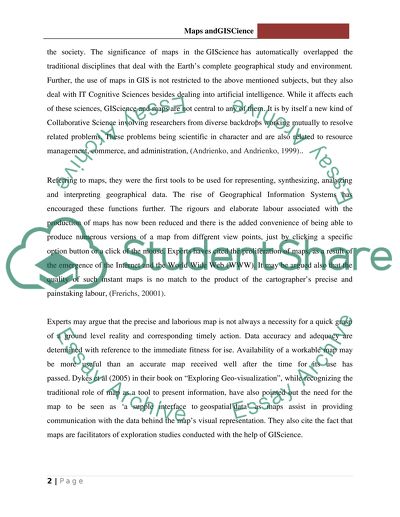Cite this document
(“Cartography Essay Example | Topics and Well Written Essays - 2000 words”, n.d.)
Retrieved from https://studentshare.org/environmental-studies/1410085-cartography
Retrieved from https://studentshare.org/environmental-studies/1410085-cartography
(Cartography Essay Example | Topics and Well Written Essays - 2000 Words)
https://studentshare.org/environmental-studies/1410085-cartography.
https://studentshare.org/environmental-studies/1410085-cartography.
“Cartography Essay Example | Topics and Well Written Essays - 2000 Words”, n.d. https://studentshare.org/environmental-studies/1410085-cartography.


